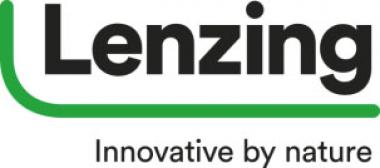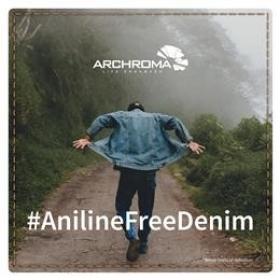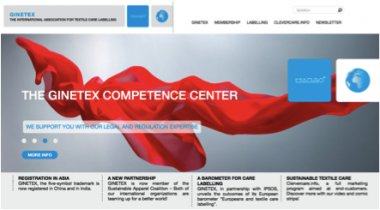Lenzing and Duratex plan to build 450,000 t dissolving wood pulp plant in Brazil
- Lenzing will hold 51 percent in a future joint venture
- Largest single line dissolving wood pulp plant in the world
- Basic engineering and permitting process to be kicked off
- 43,000 hectares FSC® certified plantation secured
- Final investment decision subject to outcome of basic engineering expected in 2019
Lenzing Group, world market leader in specialty cellulosic fibers and Duratex, the largest producer of industrialized wood panels of the Southern Hemisphere, announce that they agreed on the terms and conditions to form a joint venture to investigate building the largest single line dissolving wood pulp (DWP) plant in the state of Minas Gerais, close to Sao Paulo, Brazil. This decision supports the backward integration and the growth in specialty fibers, defined in Lenzing’s corporate strategy sCore TEN.
The joint venture will investigate the construction of a 450,000 t DWP plant, which is expected to become the largest and most competitive single line DWP plant in the world. Dissolving wood pulp is the key raw material for the production of Lenzing’s bio-based fibers. For the future operation, the two companies have secured a plantation of 43,000 hectares that will provide the FSC® certified biomass. The plantation is fully in line with Lenzing’s wood and pulp sourcing policy. The basic engineering and the application for required permits and merger clearances will now be started.
Lenzing will hold 51 percent of the joint venture which will operate the mill, while Duratex’s share will be 49 percent. The estimated cash investment by the joint venture for the construction of the DWP mill is expected to be somewhat above USD 1 bn (based on current FX rates, net of generic tax refunds and the outcome of the basic engineering study). The joint venture will supply the entire volume of dissolving wood pulp to the Lenzing Group. This step is an essential milestone in the group’s ambition to grow its specialty fibers business.
“Specialty cellulosic fibers are an important contribution to make the global textile industry more sustainable. In line with our corporate strategy sCore TEN we are committed to strong organic growth in this field. We are pleased that with Duratex, a recognized leader in sustainable forestry management, we have a strong partner in this joint venture. Together we will create a very sustainable and competitive raw material base for Lenzing’s global expansion plans”, says Stefan Doboczky, Chief Executive Officer of Lenzing Group.
“Projects of this nature are the result of our strategic plan and of our team’s effort towards drawing Duratex’s future. The Company is known for its financial solidity, high quality, innovation and sustainability; the results of a history spanning over six decades. The partnership with Lenzing for the construction of the largest single line dissolving wood pulp plant in the world is an honor for Duratex. Working with Lenzing, a global benchmark in technology, high quality and corporate governance makes us very proud. We are sure that this joint venture is going to be successful”, affirms Duratex’s Chief Executive Officer Antonio Joaquim de Oliveira.
The final investment decision to build the dissolving wood pulp plant is subject to the outcome of the basic engineering studies and the approval by the respective supervisory boards.











